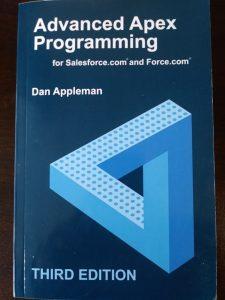What is Asynchronous Programming?
In synchronous programming, each step is performed one after the previous one is finished executing. This means that each step blocks the next step.
In a lot of cases, we probably don’t necessarily need to do everything in order. In asynchronous programming, steps can all execute in parallel and/or in really any order.
Salesforce queues all asynchronous calls on separate execution threads. This basically stops the caller from blocking and waiting for a response.
Asynchronous processing provides some really good advantages like
- Scalability: because the calls are queued up there’s a lot less limits that Salesforce Programmers need to be worried about.
- User Efficiency: employees, customers, and partners don’t necessarily need to sit around waiting for a long running process to finish.
Common Use Cases
I commonly use asynchronous methods whenever I need to do a callout from a trigger when some field has been updated. For example at eWAY, we needed to do a credit check when a perspective merchant reached a certain stage in the registration process.
Different Types of Asyncronous Processes
Salesforce provides a few different kinds of ways to do asynchronous programming each with their own advantages and disadvantages. One of the most common ways is to use a future method.




